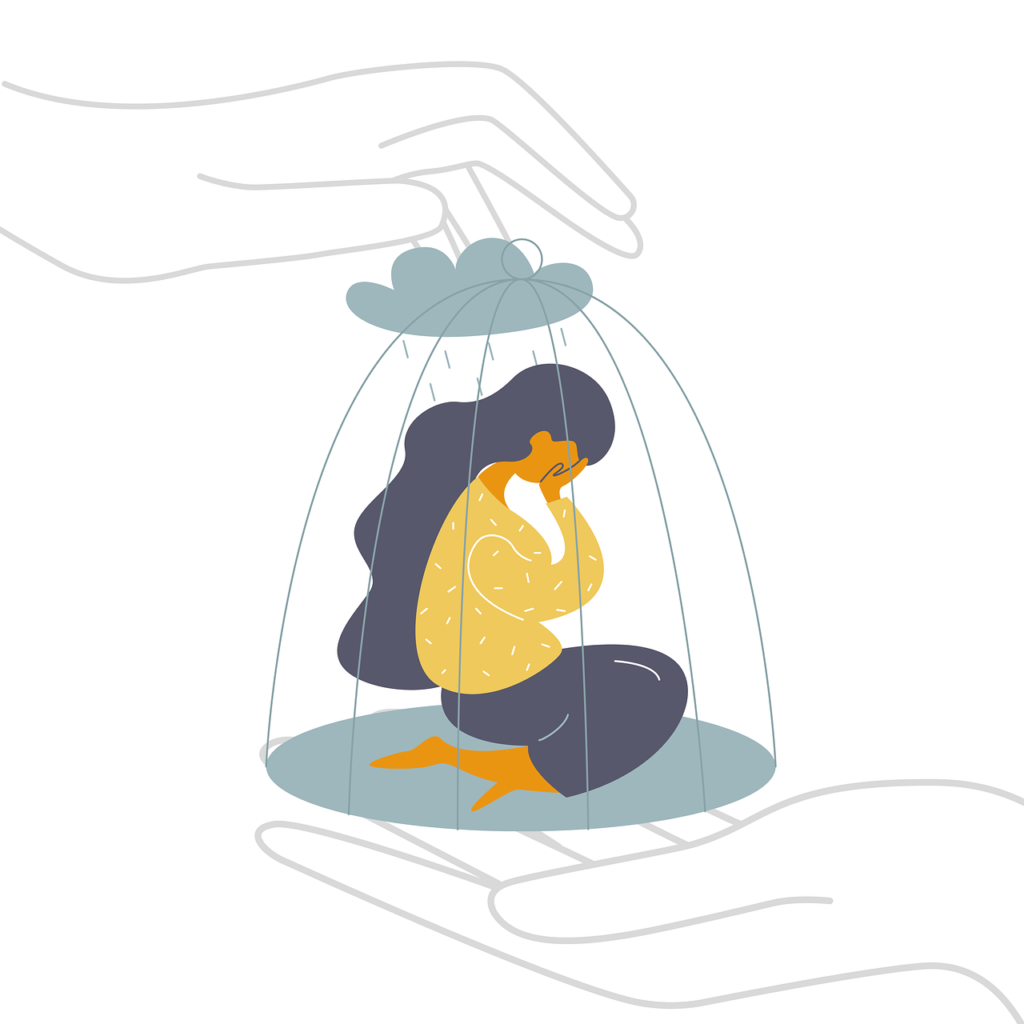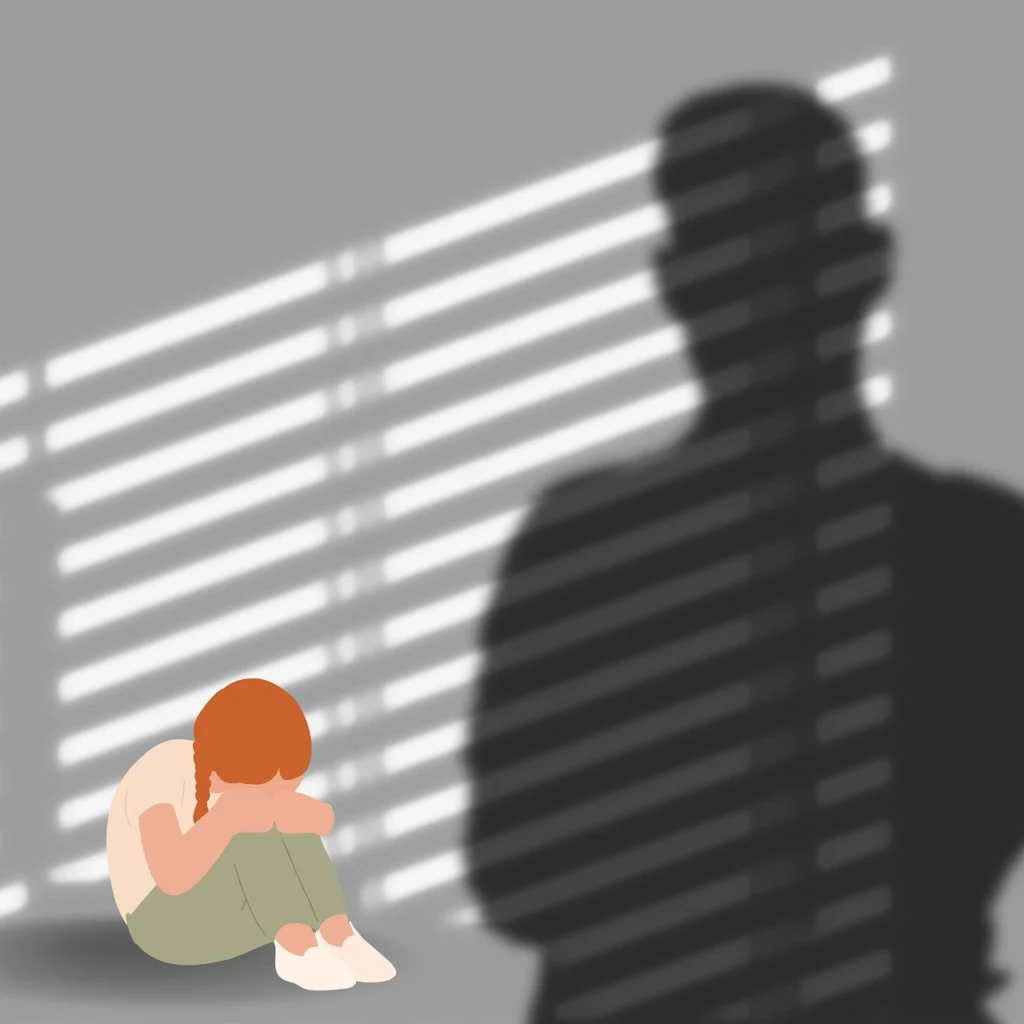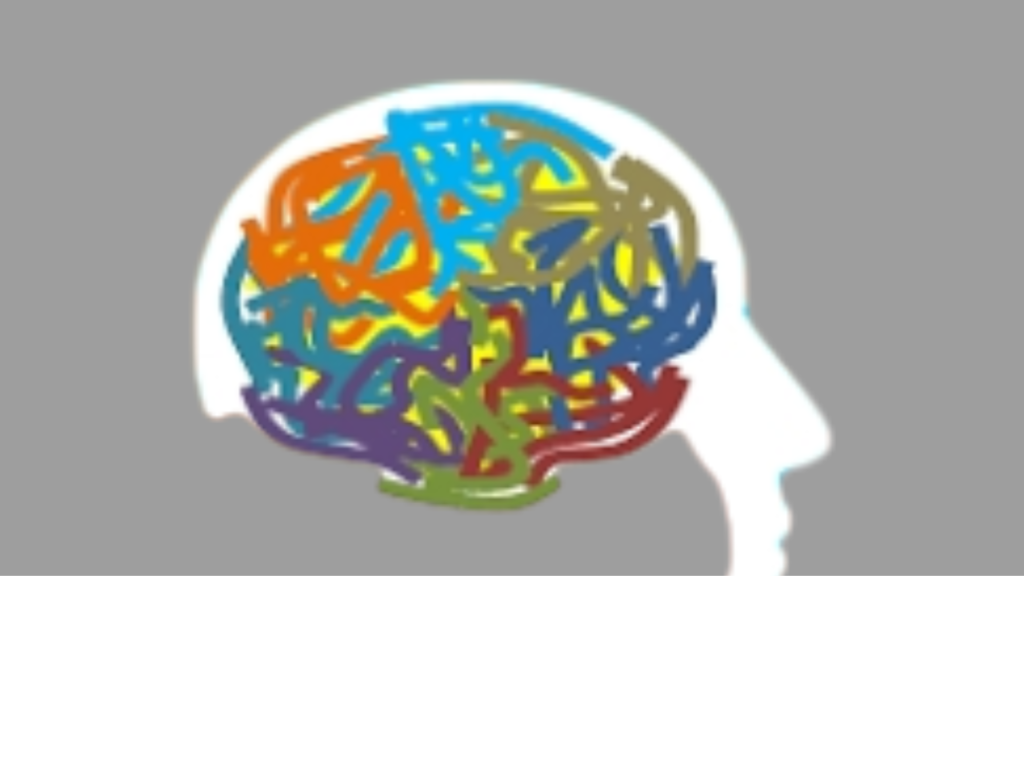Violence is defined as the use of physical force with the intent to injure. Violence can cause psychological, physical, or both types of harm. Aggression is a more widespread form of aggressive behavior that can be passive, vocal, or physical. It can be distinguished from violence.
Around the world, violence is a comparatively widespread form of human behavior. Although older teenagers and young adults are more likely to act violently, violent behavior can occur in people of any age.
What is violence?
Most people understand violence and other forms of abuse as a pattern of behavior meant to gain and keep control over members of one’s own family, coworkers, intimate partners, individuals, or organizations. While intimate or estranged partners and spouses, family members, relatives, friends, and other acquaintances are frequently the victims of violent criminals, strangers can also commit violent and abusive crimes.

Abuse and violence can happen once, often, and escalate over months or years. It can also entail several subtly manipulative strategies. Abuse and violence, in whatever form, have a significant negative impact on people’s health and wellbeing. All forms of violence have their roots in the various forms of inequality that persist and spread throughout society.
Types of violence
1. Physical violence
When someone tries to influence another person’s behavior with an object or a portion of their own body, it is called physical violence.
Physical aggression encompasses, but is not restricted to:
- applying physical force that causes harm, suffering, or discomfort;
- Any rough treatment, including but not limited to hitting, pinching, pulling hair, arm-twisting, strangling, burning, stabbing, punching, pushing, slapping, beating, shoving, kicking, choking, biting, or force-feeding;
- Use of a weapon or other object for assault;
- threats involving a tool or object;
- purposeful subjection to extreme weather conditions or unsuitable room temperatures;
- Murder.
2. Sexual violence
When someone is coerced into engaging in sexual intercourse against their will, it can lead to sexual assault.
Sexual assault comprises, but is not restricted to:

- forcing someone to engage in sexual activity that may be humiliating or painful
- touching someone in a sexual way without their consent (such as kissing, grabbing, or fondling);
- Beating intimate body parts; making someone watch or participate in pornographic films
- coercing someone into complying with demands for sexual material;
- Exhibitionism
- leering behavior;
- sexual remarks or jokes
- denying someone their privacy or sexuality (by spying); withholding sexual intimacy; denying someone access to sexual education and information;
- A person’s sexuality being humiliated, criticized, or attempted to be controlled
- forced prostitution
- false accusations of infidelity or promiscuity; additionally
- deliberately revealing the individual
3. Violent Emotions
When someone says or does something to make someone feel foolish or unworthy, it is considered emotional violence.
Emotional aggression encompasses, but is not restricted to:
- Using insulting language
- attributing all relationship issues to the other person;
- giving the patient the quiet treatment
- preventing them from communicating with friends and family
- destroying belongings
- envy
- making fun of or humiliating the individual;
- intimidating the individual
- allowing dread to take charge;
- Threatening to harm oneself;
- Also threatening to leave the individual
- Threatening to have the person deported (if they are an immigrant) if they do not comply.
4. Violence Insane
Psychological violence is when someone attempts to take control of another person by intimidating and frightening them.
Psychological aggression comprises, but is not restricted to:

- threatening to do damage to the individual or her/his family should they depart
- making threats against oneself
- threats involving violence
- threats of being left behind
- Criminal harassment or stalking
- destroying someone’s personal belongings;
- aggressive speech;
- Social isolation; denying them access to a phone
- preventing a capable individual from making judgments;
- inappropriately dictating to the individual what they do
- Behaving as though someone is a child or a servant
- Depriving someone of affection or company;
Abuse of Words
When someone uses words—spoken or written—to hurt another person, it is called verbal abuse.
Abuse of words can involve, but is not restricted to:
- remembering one’s previous transgressions
- expressing mistrust, negative expectations, or threats of violence toward a someone or their family;
- Yelling,
- Lying
- calling names,
- swearing, insulting,
- withholding crucial information,
- directing others irrationally,
- discussing death insensitively with someone,
- Telling someone they are useless or nothing more than bother are examples of unacceptable behavior.
Abuse of Money
When someone manages another person’s money without that person’s permission or abuses their resources, it is referred to as financial abuse.
Abuse of money can involve, but is not restricted to:

- preventing the individual from taking part in educational activities;
- compelling the individual to labor away from home;
- refusing to allow the person to go to school or job outside the home;
- dictating the person’s preferred profession;
- using someone else’s funds, assets, or property in an unlawful or inappropriate manner;
- fraudulent acts; carrying out a con on an individual;
- obtaining money from the individual without their consent for personal purposes;
- misusing money by deceit, manipulation, or withholding funds;
- denying access to savings accounts, bank accounts, or other sources of income;
- granting a stipend and then demanding an explanation for every dollar spent;
The psychology behind Violence
Although everyone can engage in violent behavior or act out in physical or mental abuse, not everyone does so frequently. Certain people develop into serial killers, while others never injure a fly.
What then accounts for these variations in aggressive and violent behavior? It all boils down to the individual personality, biology, and environmental conditions of each person.
Contrary to popular belief, mental illness is not the primary cause of aggressive behavior. Numerous factors influence the brain circuitry responsible for regulating violence, including:
Substance abuse:
Whether or not a person has a mental disorder, using certain drugs or alcohol can make them act violently. This is due to the fact that many drugs affect a person’s capacity for judgment and emotional control. Conversely, when an inebriated individual experiences anger, hostility, or paranoia, they may react violently.
Age and gender:
The frequency of violence is significantly influenced by age and gender. Compared to women, men are far more prone to respond violently. In actuality, men conduct 90% of all homicides. In a similar vein, younger people are more prone than older ones to act aggressively.
Family history:
Children who witness violence in their homes are likewise more likely to use it themselves. Children frequently take after their parents in terms of behavior. Trauma from suffering child maltreatment or seeing domestic violence can also affect how they develop emotionally. Fortunately, the effects of early exposure to family violence can be mitigated by therapeutic strategies taught in graduate programs in marriage and family therapy.
Biological predisposition:
An individual may be more likely to act violently due to a number of completely uncontrollable circumstances. For instance, a newborn with fetal alcohol syndrome may have an increased risk of committing violent crimes in the future. Any harm to a person’s amygdala or prefrontal cortex during pregnancy or during development can raise the like hood of violence.
Situational stressors:
Events in life might also cause someone to turn to violence. For instance, being homeless or living in poverty may make people feel more justified in using violence. Similar to this, someone’s use of violence may rise in response to stressors like divorce, unemployment, or assault because of their heightened mental discomfort.
Certain mental diseases
Regarding the question of whether mental illness is associated with aggressive behavior, the research is conflicting. Substance abuse, gender, and socioeconomic position are all far more powerful indicators. Nonetheless, a person’s propensity for aggressive behavior may be elevated by specific mental health conditions. For example, people who suffer from psychotic thinking, paranoid delusions, or command hallucinations may be more likely to use violence.
Avoiding violence
Since most violent behavior originates in childhood, youth are the target of most preventative efforts. While some of these initiatives involve the community or the family, many of them are centered in schools. The most effective programs for preventing violence are those that focus on all children, not just those who are thought to be violently inclined. Furthermore, the most successful programs have been those that are school-based and engage parents as well as instructors who are dedicated and involved.
Numerous initiatives have been created to lessen or stop violence in people who have already demonstrated a propensity for it. For instance, many prison-based initiatives aim to lower the chance of reoffending for both violent and nonviolent offenders. These applications frequently have a number of different components. Offenders who commit violent crimes might be trained in parenting and other interpersonal skills. Treatment for substance abuse may be a part of the mental health component. Another typical element of prison-based preventive programs is job training. Drugs like beta blockers, benzodiazepines, or antidepressants may occasionally be used in conjunction to alternative techniques. Programs that modify behavior have often been the most effective in averting violence.



